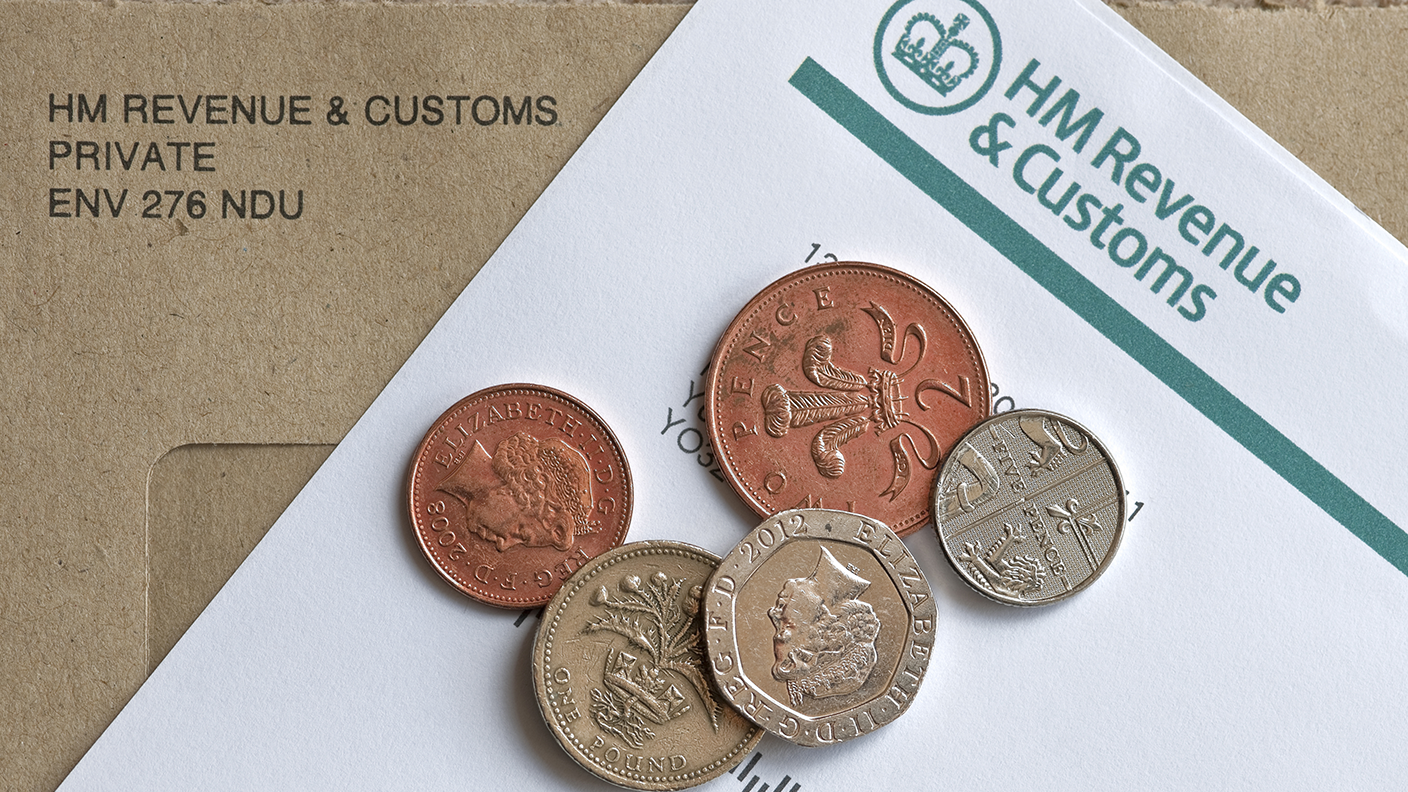Sipps versus Isas: which one suits long-term savers best?
Both Sipps and Isas are tax-efficient long-term savings vehicles. David Prosser explains the advantages of using one over the other.

One offers generous upfront tax breaks; the other offers a completely tax-free pay-out. So if you’re thinking about the best way to save and invest for later in life, do self-invested personal pensions (Sipps) or individual savings accounts (Isas) offer the better deal? The short answer is that you don’t have to choose.
Sipps vs Isas
Both Sipps and Isas are tax-efficient long-term savings vehicles, so for anyone with sufficient financial firepower, there are good arguments for using them simultaneously. Not least, you’ll get two sets of tax breaks.
Remember too that Sipps and Isas are not investments in their own right; rather, both are tax wrappers within which you can hold a broad range of assets. In practice, the rules on which assets are allowed are pretty similar in both wrappers; most of what you can hold inside an Isa is also available in your Sipp – and vice versa.
MoneyWeek
Subscribe to MoneyWeek today and get your first six magazine issues absolutely FREE

Sign up to Money Morning
Don't miss the latest investment and personal finances news, market analysis, plus money-saving tips with our free twice-daily newsletter
Don't miss the latest investment and personal finances news, market analysis, plus money-saving tips with our free twice-daily newsletter
Still, many savers have limited resources and will need to decide whether to prioritise Sipps or Isas as they focus on their retirement goals. In which case there are at least four different issues to weigh up.
Tax breaks now or tomorrow?
While there is no income tax or capital gains tax to pay on savings and investments held inside either an Isa or a Sipp, the additional tax incentives that the shelters offer work in different ways.
In a Sipp, savers get upfront income tax relief on contributions. Investing, say, £1,000 will cost you £800 if you’re a basic-rate taxpayer; only £600 if you pay income tax at the higher rate; and just £550 if you pay the additional rate. When you come to retire, however, you are only entitled to take 25% of your Sipp savings as a tax-free withdrawal; you will have to pay income tax on the rest of your money.
Isas effectively work the other way round. There isn’t usually any tax relief upfront, but you’re free to take your entire savings pot back out of your Isa with no income tax due on the money.
Still, for most people, Sipps do offer more generous tax treatment overall. For one thing, the right to take the 25% tax-free lump sum from your Sipp means that on a quarter of your savings, you’re getting tax relief on the way in and the way out. Also, many people pay a lower rate of income tax in retirement than when they were in work; so having received tax relief at the higher or additional rate of 40% or 45%, they pay income tax in old age at only the basic rate of 20%.
How much can you invest?
The rules on contributions also differ between Sipps and Isas. The latter are more straightforward: in an Isa, you get a set allowance each year – in 2020-2021 the maximum total contribution to an Isa is £20,000 – but any unused allowance is lost forever. Also note that if you put money into an Isa, but then withdraw it, you might not be able to put the money back in without using more of your allowance.
On pension contributions, the basic rule is that you may invest up to £40,000 in your Sipp each year (including the tax relief), or a sum equal to your annual income if this is lower. However, higher earners get a lower annual allowance, which could limit your maximum Sipp contribution to as little as £4,000 a year. The rules on when this tapered annual allowance kicks in are complex, but are potentially an issue for anyone earning more than £200,000 in 2020-2021. Equally, lower earners – and those with no income at all – still get a minimum annual allowance of £3,600.
One benefit of Sipps over Isas is that unused annual allowance can usually be carried forward for up to three years. If you weren’t able to use your full allowance in 2017-2018, 2018-2019 or 2019-2020, you can add the unused portion to this year’s maximum contribution.
On the downside, Sipps also come with a lifetime allowance that has the potential to further complicate the contributions you can make, particularly later in life. There are significant tax charges to pay on any private pension fund that exceeds the lifetime allowance – £1,073,100 in 2020-2021 – and this total includes investment growth. Those closing in on this cap may need to limit their pension contributions.
Do you need discipline or flexibility?
Sipps are rigid structures. Once you have put money into a pension, it is locked up until you turn 55 (and under current rules, it will rise to 57 in 2028, and then in line with the state pension, minus 10 years).
There are two ways to look at this issue. You might feel it is useful to have a pot of savings that you can’t access until later in life; even if you’re tempted to dip into your money earlier on, you won’t have the option of doing so. On the other hand, flexibility can be valuable, since anticipating how your finances will play out over several decades is difficult. If all your savings are locked up in an inaccessible Sipp, you may come to regret it.
Isas, by contrast, typically allow withdrawals at the time of your choosing. This can be useful if an unexpected financial requirement crops up – you will be able to dip into your Isa savings to meet the need. It also makes an Isa the right choice for financial goals that occur earlier in life (funding children’s school fees, for example).
However, the flipside is that if you are using your Isa as a retirement savings vehicle, then you will have to exert more self discipline than when using a Sipp – and remember that every penny you take out of your Isa before retirement, is money you won’t have at your disposal during retirement.
How will you manage your income later in life?
Whether you go for an Isa or a Sipp, you will eventually need to convert your savings pot into an income to live on in retirement. Doing so via a Sipp is more complicated, as you will need to open an income drawdown plan; this is a particular type of pension product enabling savers to take out pension income while leaving the rest of their pot invested. With a range of income drawdown plans on offer you will need to choose your provider carefully – charges and terms can vary considerably. By contrast, Isa investors can start withdrawing an income directly from their savings pots without having to move into a specialist product.
Still, with both Isas and Sipps, you will need to think carefully about how to manage your savings so that they can sustain you throughout your retirement. At the very least, this will mean changing the way you invest your money compared to when you were building up your savings earlier on.
Alternatively, both Isa and Sipp savings can be used to buy an annuity, a contract from an insurer to pay you a guaranteed income for the rest of your life.
Adding up the scores
There is not a right answer to the Sipps versus Isas debate. From a tax perspective, there is a good chance Sipps will offer a greater overall benefit, taking into account both contributions and withdrawals – particularly if you’re a higher- or additional rate taxpayer during your working life. There’s also the fact that once you’ve put money into the Sipp, it’s locked away for your retirement, which can be an aid to self-discipline, should you require it.
Against that, the rules on Isas contributions are much more straightforward – and you’re less likely to fall foul of them. Because Isas are designed for tax-efficient saving and investing generally, rather than retirement specifically, they are also a more flexible option, enabling early access in case of financial emergencies.
Finally, if you are really torn, lifetime Isas (Lisas) might offer a middle ground. These Isas enable savers to put money by and benefit from a top-up from the government in the form of a cash bonus. You can withdraw the money tax-free at any time to use as a deposit on a first home. Otherwise you must leave the money invested until you reach age 60, when it can be used to generate tax-free retirement income.
For more discussion of Isas, Sipps and other savings and investment vehicles, AJ Bell offers a series of free guides.
Remember that the value of investments can change, and you could lose money as well as make it. AJ Bell Youinvest doesn’t offer advice, so it's important you understand the risks. Pension, ISA and LISA rules apply..
Get the latest financial news, insights and expert analysis from our award-winning MoneyWeek team, to help you understand what really matters when it comes to your finances.

David Prosser is a regular MoneyWeek columnist, writing on small business and entrepreneurship, as well as pensions and other forms of tax-efficient savings and investments. David has been a financial journalist for almost 30 years, specialising initially in personal finance, and then in broader business coverage. He has worked for national newspaper groups including The Financial Times, The Guardian and Observer, Express Newspapers and, most recently, The Independent, where he served for more than three years as business editor.
-
 Why UK investors are backing British stocks in 2026
Why UK investors are backing British stocks in 2026The UK stock market may be lacking fashionable technology shares but investors are keen to buy British next year
-
 UK inflation live: Inflation fell to 3.2% in November
UK inflation live: Inflation fell to 3.2% in NovemberA rise of 3.2% in CPI inflation in the 12 months to November undershoots almost all expectations
-
 How pet insurance can help cut the costs of vet bills
How pet insurance can help cut the costs of vet billsYou can temper the expense of vet bills with pet insurance. There are four main types to consider
-
 Rachel Reeves's punishing rise in business rates will crush the British economy
Rachel Reeves's punishing rise in business rates will crush the British economyOpinion By piling more and more stealth taxes onto businesses, the government is repeating exactly the same mistake of its first Budget, says Matthew Lynn
-
 The consequences of the Autumn Budget – and what it means for the UK economy
The consequences of the Autumn Budget – and what it means for the UK economyOpinion A directionless and floundering government has ducked the hard choices at the Autumn Budget, says Simon Wilson
-
 Big Short investor Michael Burry closes hedge fund Scion Capital
Big Short investor Michael Burry closes hedge fund Scion CapitalProfile Michael Burry rightly bet against the US mortgage market before the 2008 crisis. Now he is worried about the AI boom
-
 Why the Waspi women are wrong
Why the Waspi women are wrongOpinion Compensation for the Waspi women would mean using an unaffordable sledgehammer to crack a nut, says David Prosser
-
 Why UK stocks are set to boom
Why UK stocks are set to boomOpinion Despite Labour, there is scope for UK stocks to make more gains in the years ahead, says Max King
-
 Should ISA investors be forced to hold UK shares?
Should ISA investors be forced to hold UK shares?The UK government would like ISA investors to hold more UK stocks – but many of us are already overexposed
-
 How Germany became the new sick man of Europe
How Germany became the new sick man of EuropeFriedrich Merz, Germany's Keir Starmer, seems unable to tackle the deep-seated economic problems the country is facing. What happens next?
